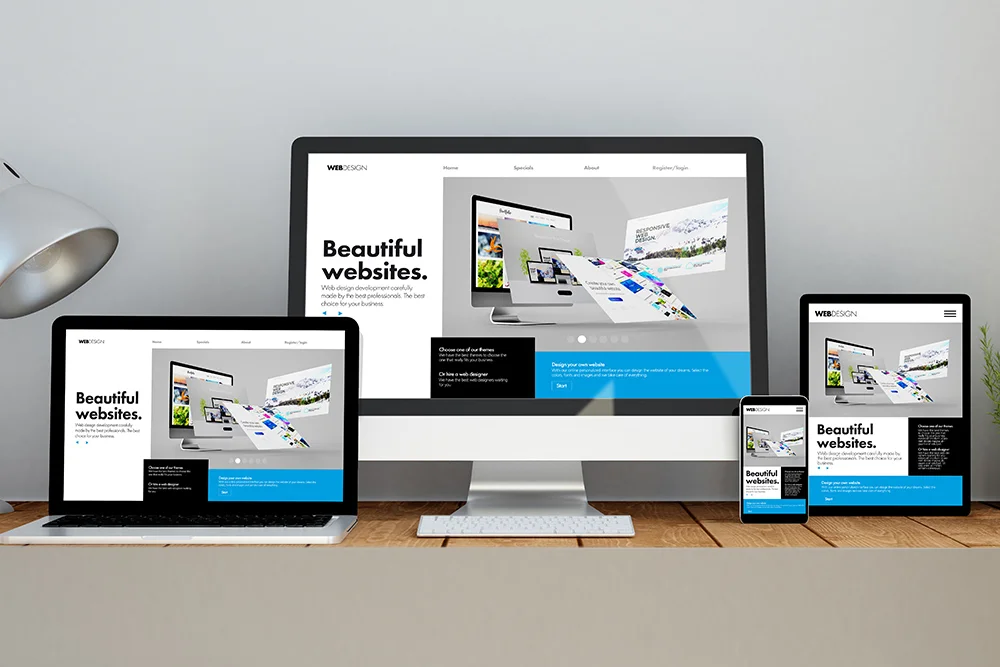The Ultimate Guide to Creating User-Friendly Websites
1. What Is a User-Friendly Website?
2. Why User-Friendliness Matters
Improves SEO: Search engines favor websites that provide a good user experience.
Boosts Conversion Rates: Easy navigation and clear calls to action lead to higher conversions.
Reduces Bounce Rates: Visitors are more likely to stay on your site if they find it easy to use.
Builds Trust: A professional, user-centric design instills confidence in your brand.
3.Key Elements of a User-Friendly Website
4. Best Practices for Designing User-Friendly Websites
- Use White Space Wisely: Avoid clutter and make your content easier to digest.
- Make CTAs Stand Out: Use contrasting colors and compelling text to guide users.
- Test User Behavior: Use tools like heatmaps and A/B testing to understand how visitors interact with your site.
- Ensure Accessibility: Follow WCAG guidelines to make your site usable by people with disabilities.
- Minimize Pop-Ups: They can be disruptive; use them sparingly and ensure they’re easy to close.
5. Tools to Help You Optimize User Experience
- Google PageSpeed Insights: Analyze and optimize your site’s speed.
- Hotjar: Visualize user behavior with heatmaps and session recordings.
- WAVE: Check for accessibility issues.
- UserTesting: Get direct feedback from real users.
- BrowserStack: Test your site across various devices and browsers.
6. Final Thoughts
Creating a user-friendly website isn’t a one-time task—it’s an ongoing process of testing, analyzing, and improving. By focusing on your users’ needs and removing friction from their experience, you’ll build a website that not only looks great but also performs well in every sense.
Ready to transform your website into a user-friendly hub? Start by evaluating your current site using the tips above—and don’t be afraid to iterate as you learn more about your visitors.




